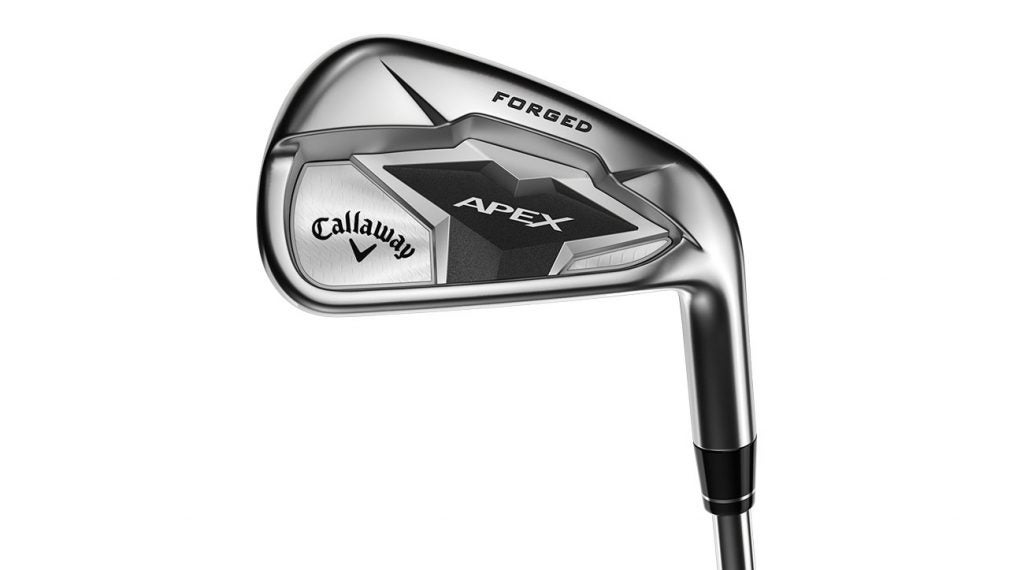Welcome to another edition of the Fully Equipped mailbag, an interactive GOLF.com series in which our resident dimplehead (a.k.a., GOLF’s managing editor of equipment, Jonathan Wall) fields your hard-hitting gear questions.
When would you expect players to benefit from player-distance irons instead of game-improvement irons? — Marc Landes (12 handicap)
The “player-distance” category is arguably the fastest growing in the iron space. With more mid-handicapper gravitating towards irons offering a svelte profile and similar game-improvement technology, it’s never been easier to look like a better player without sacrificing mishit protection and distance.
That being said, there are a few things you should consider, beginning with swing speed. Speaking on the topic during GOLF’s weekly Fully Equipped gear podcast, Tim Briand, senior vice president at 8AM Golf sister company True Spec Golf, cautioned against jumping into a set of player-distance if you’re on the lower end of the swing speed spectrum.
“If you’re a slower swing speed player, really give the player-distance category a thorough test, because you may not be able to stop the ball on greens as well as you should to play well,” Briand said. “If you’re a mid to higher speed player, I would say that, as far as going away from game-improvement clubs, the sole geometry is designed for those who are pretty steep.”
Most of today’s player-distance irons (check out GOLF’s ClubTest for coverage on every 2020 iron) offer ultra-thin faces to boost ball speed and an internal cavity that’s purposely left hollow to enhance distance or packed with other materials to improve flight characteristics and/or feel. It’s a combination plenty of golfers can benefit from, provided you have the speed to handle the stronger lofts.
Going stronger will likely lower your ball flight, and if you already struggle with a lack of launch and spin, it might not be the best recipe for your game. For golfers with medium and fast swing speeds, going slightly stronger in loft won’t present a major hurdle.
Reduced offset and a thinner sole geometry are also part of the player-distance package. If you’re still steep with your downswing, sticking with a wider sole will allow you to negate the misses and keep turf interaction relatively consistent. As you work on shallowing out your downswing, reducing the width of the sole can be a benefit.
The same can be said regarding a reduction in offset. Most game-improvement clubs purposely have more offset to ensure the face returns to square — or has a better chance to do so — at impact. When you reduce offset, you’re giving up that built-in safeguard. Reducing offset will help you work the ball in both directions a bit more, which should come in handy as your ball-striking improves.
Going to a slightly smaller profile will reduce the heel-toe forgiveness somewhat, but with the designs and technologies entering the marketplace, you won’t be sacrificing much on off-center strikes.
And if you’re not completely sold on a full set of player-distance irons, consider the idea of putting together a blended set to get your toes wet. If you’re a mid-handicapper with a strong iron game, I’d consider the idea of testing a couple sets of player-distance irons. It could be a far better fit in the long term as you inch closer to a single-digit handicap.
Interested in an iron fitting? Head over to GOLF.com’s sister company True Spec Golf for information on how to get fit.
